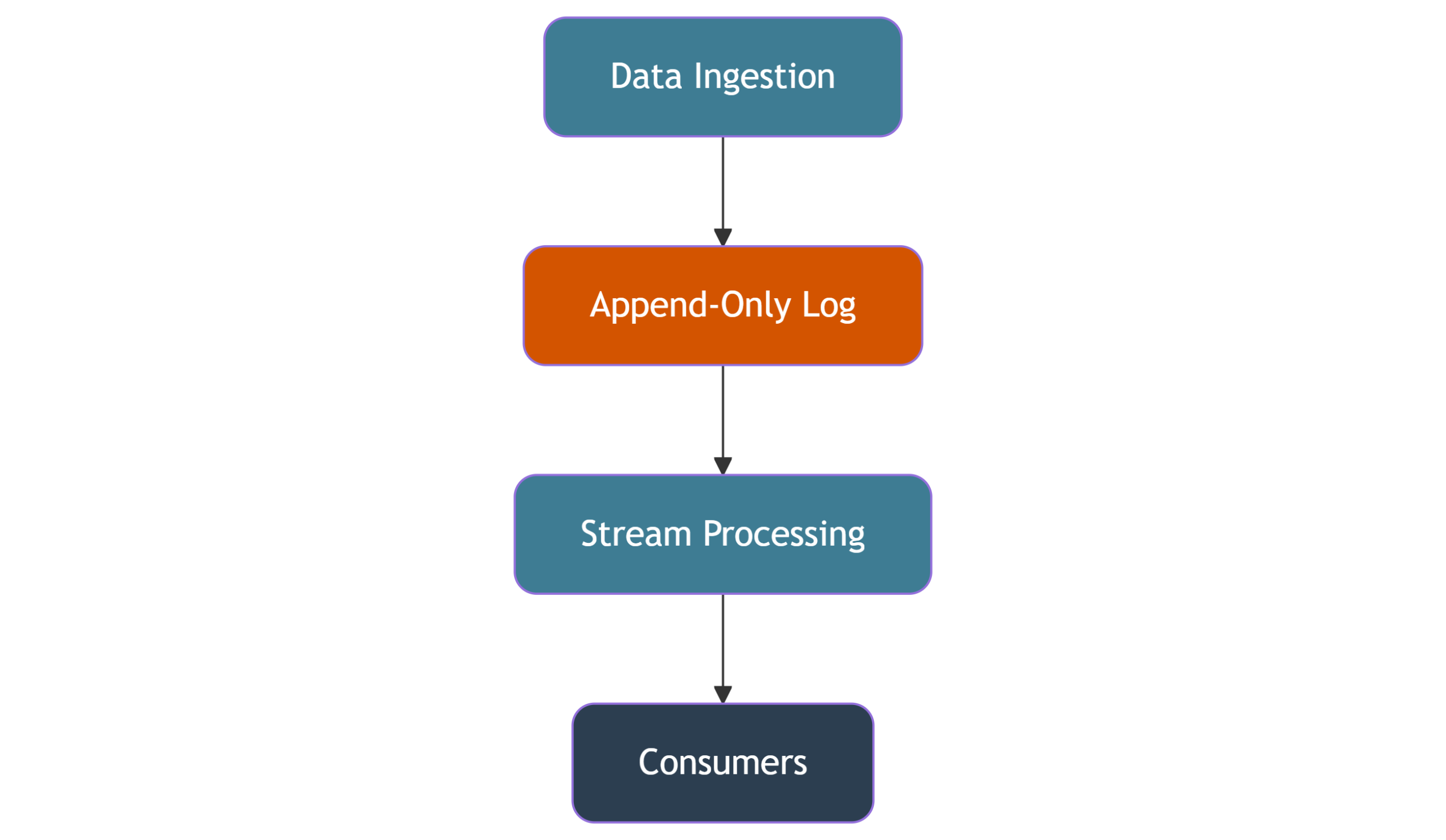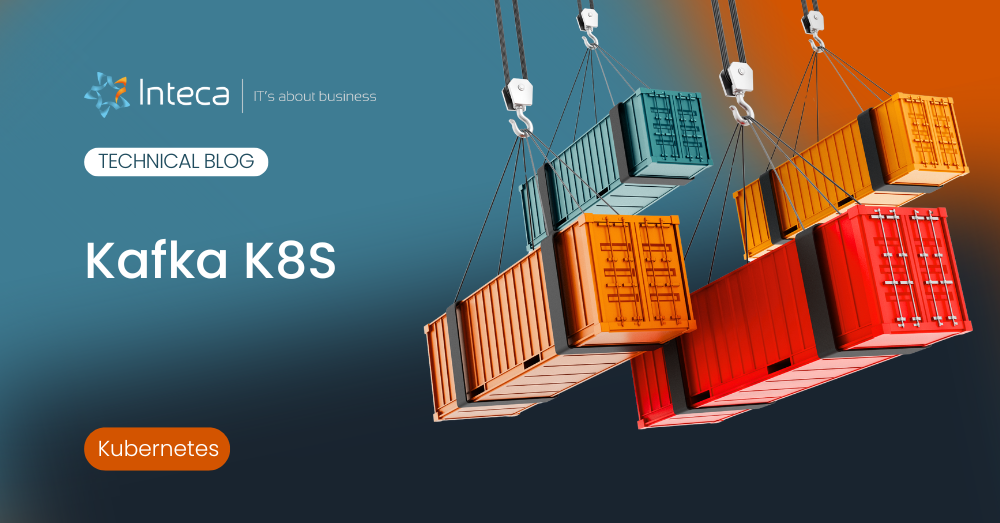In today’s data-driven world, event streaming is foundational to everything from financial transactions and e-commerce to IoT and real-time analytics. Apache Kafka has long been the de facto standard for event streaming. But it’s not the only option. If you’re building high-throughput systems or navigating architectural trade-offs, understanding Kafka alternatives is crucial.
In this post, we break down five compelling alternatives to Apache Kafka for 2025—including what they offer, where they shine, and how they stack up. This guide is for architects, DevOps teams, and CTOs evaluating distributed streaming platforms, real-time data processing engines, and scalable data pipelines.
What is a “distributed streaming platform”?
A distributed streaming platform ingests, stores, and processes continuous streams of data. Unlike traditional messaging systems, which route discrete messages between producers and consumers, streaming platforms rely on an append-only log. This architecture:
- Guarantees ordering within partitions
- Enables replayable reads (ideal for debugging and recovery)
- Supports massive parallelism across consumers
Apache Kafka popularized this model, but new entrants now challenge its dominance in the realm of distributed systems and streaming data architectures.
Is Apache Kafka a message broker?
Sort of. Kafka began life as a message queue replacement but evolved into a full-fledged event streaming platform. Unlike classic brokers (e.g., RabbitMQ or Apache ActiveMQ), Kafka:
- Stores messages for a configurable retention period
- Allows multiple consumers to read from the same topic independently
- Supports log-based design patterns like event sourcing and stream processing
Kafka is overkill for simple task queues, but indispensable for distributed systems that rely on real-time data integration and high throughput and low latency.
1. Apache Pulsar – Kafka’s log-centric rival
Apache Pulsar is Kafka’s most direct open-source competitor, offering some key architectural advantages:
- Segmented Storage: Separates compute (brokers) from storage and compute (BookKeeper), enabling better horizontal scalability.
- Built-in Multi-Tenancy: Pulsar’s namespace isolation makes it easier to run multi-team or multi-app setups.
- Geo-Replication: Native support without add-ons.
When to consider Pulsar:
- Need multi-tenancy and stream durability
- Managing millions of topics
- Seeking a Kafka-like API with cloud-native scaling for real-time data streaming
2. RabbitMQ – flexible messaging with a streaming option
RabbitMQ is a battle-tested messaging system that supports multiple messaging protocols and is known for flexibility:
- Protocol Rich: AMQP, STOMP, MQTT, and more
- Advanced Routing: Direct, topic, headers, fanout exchanges
- RabbitMQ Streams: Newer addition for log-based consumption with replay support
RabbitMQ vs Kafka:
| Feature | RabbitMQ | Apache Kafka |
|---|---|---|
| Data Model | Queue-based | Log-based |
| Replayability | ❌ (basic) | ✅ |
| Protocols | AMQP, MQTT, STOMP | Kafka only |
| Routing Logic | Advanced | Simple pub-sub |
When to consider RabbitMQ:
- Complex routing needs (e.g. fanout with filtering)
- Protocol interoperability
- Messaging service that enables message queuing in microservice architectures
3. Apache ActiveMQ – The JMS Veteran
Apache ActiveMQ is another well-established message broker, especially strong in Java ecosystems:
- JMS Compliance: Ideal for legacy Java apps
- Multiple Protocols: AMQP, MQTT, OpenWire
- Artemis Variant: Offers improved performance with modern threading
ActiveMQ vs Kafka:
| Feature | ActiveMQ | Apache Kafka |
|---|---|---|
| Data Model | Queue-based | Log-based |
| Throughput | Low-Med | High |
| Ecosystem | Java-heavy | Multi-language |
| Use Case Fit | SOA, ESB | Streaming, ETL |
When to consider ActiveMQ:
- You need strong JMS support
- You’re integrating legacy SOA systems and enterprise-grade messaging platforms
4. Redpanda – Kafka Compatibility, C++ speed
Redpanda reimagines Kafka’s interface in a single binary C++ implementation:
- Kafka API-Compatible: Works with existing Kafka clients and Kafka APIs
- No JVM or Zookeeper: Lower overhead, better startup
- Ultra-low Latency: Ideal for performance-sensitive environments
When to consider Redpanda:
- Kafka experience but simpler ops
- Performance-critical workloads (e.g., HFT)
- JVM-free infrastructure using Kafka protocol
5. NATS – lightweight messaging, cloud-native design
NATS is a high-performance messaging system with minimal operational footprint:
- Pub/Sub Core: Designed for speed and simplicity
- JetStream Add-On: Adds persistence and streaming capabilities
- Great for Microservices: Tiny binaries, native Kubernetes support
When to consider NATS:
- Lightweight message bus for services
- Simplified developer experience
- Cloud-native edge deployments that demand ease of use
Apache Kafka vs RabbitMQ vs Pulsar vs ActiveMQ vs Redpanda
| Platform | Architecture | Replay Support | Protocol Support | Best Fit |
|---|---|---|---|---|
| Kafka | Log-based | ✅ | Kafka native | High-throughput data pipelines |
| Pulsar | Segmented | ✅ | Kafka-like | Multi-tenant stream systems |
| RabbitMQ | Broker-based | ❌ (partial) | AMQP, MQTT, STOMP | Microservice queues, routing |
| ActiveMQ | Broker-based | ❌ | AMQP, JMS, MQTT | Legacy JMS / SOA integration |
| Redpanda | Log-based | ✅ | Kafka native | Low-latency Kafka use cases |
| NATS | Broker-core | ✅ (JetStream) | NATS native | Lightweight, cloud-native apps |
How to choose the right Kafka alternative for real-time data streaming
The best platform depends on your:
- Use case: Analytics? Messaging? IoT?
- Scale: Millions of messages/sec or just hundreds?
- Ecosystem: Do you need Kafka tooling? Or AMQP compatibility?
- Team expertise: Familiar with JVM? Or prefer lightweight ops?
Rule of thumb:
- Choose Kafka or Pulsar for event streaming and large-scale ingestion
- Choose RabbitMQ or ActiveMQ for messaging, SOA, or enterprise integration
- Choose Redpanda or NATS for simplicity and performance
If your stack already includes Apache Flink or Apache Spark, consider Kafka alternatives that support seamless integration with those tools for real-time data and stream processing.
When Kafka still wins (with the right setup and architecture)
Despite the rise of alternatives, Apache Kafka remains unmatched for:
- Event-driven microservices
- Real-time analytics
- High-throughput ETL pipelines
Kafka remains a key player in the Kafka ecosystem and is often built on top of Kafka for applications demanding real-time data ingestion, managed streaming, and scalable data management.
But Kafka’s complexity can be a barrier.
That’s where Inteca comes in.
Inteca offers a developer-first, Kubernetes-native Kafka service:
- Secure: TLS + RBAC with GitOps-ready workflows
- Scalable: Strimzi-based CRDs on OpenShift/K8s
- Cost-transparent: No opaque cloud billing
- Resilient: S3-based backups, offset recovery, production SLAs
Inteca also enables seamless integration with AWS services, cloud storage, and cloud-native deployments. Whether you’re migrating from SQS or Kinesis, or modernizing enterprise data infrastructure, we support your data needs.






